In a photoelectric experiment, kinetic energy of photoelectrons was plotted against the frequency of incident radition (v), as show in figure. Which of the following statements is correct ?
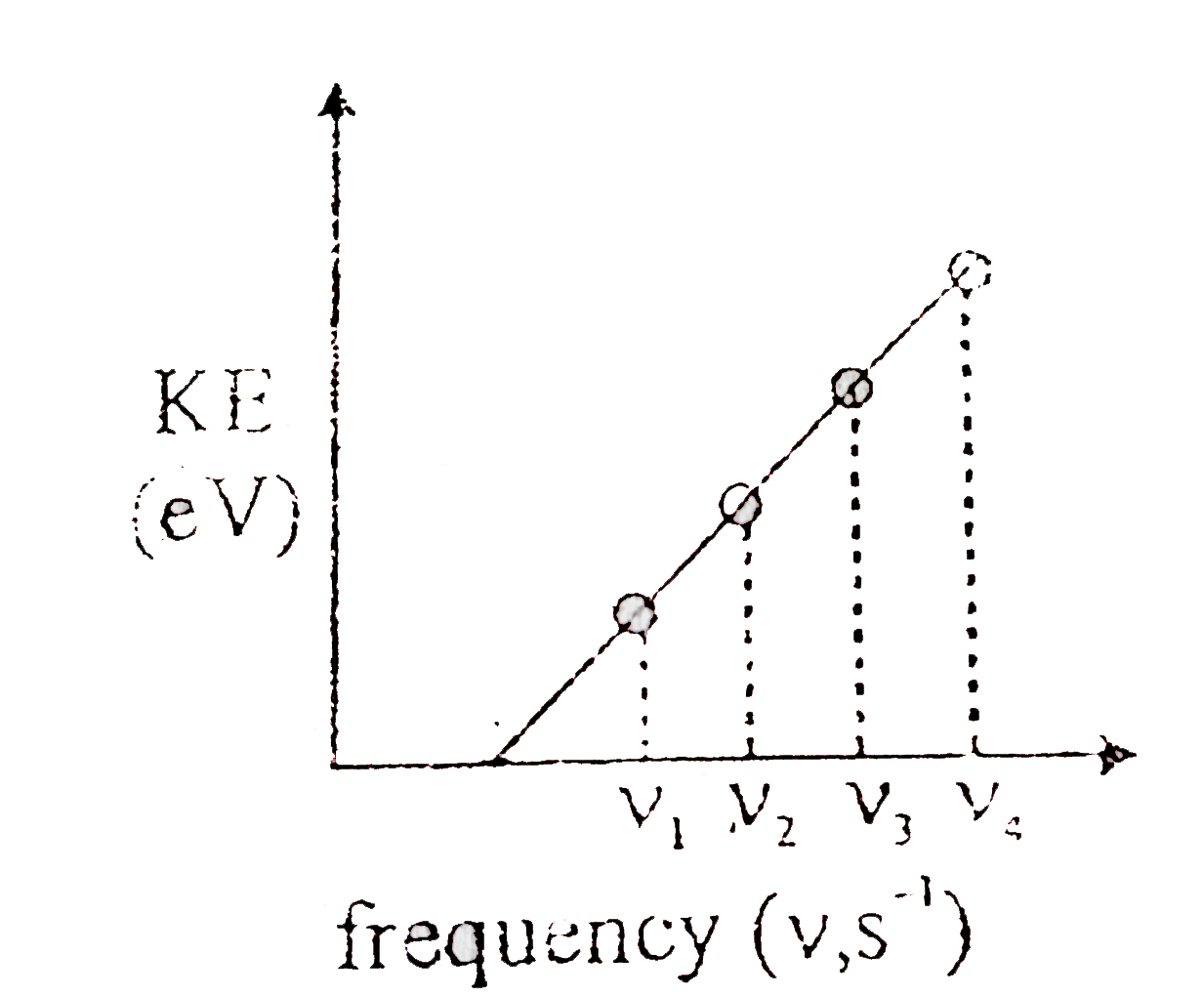
The thershold frequency is v1.
The slope of this line is equal to Plank's constant
As the frequency of incident wavelength in creases beyond thrshold frequency Kinetic energy of photoelectrons decreases
It is impossible to obtain such a graph.
The correct Answer is:B
K.E.=hv−hv0
y=mx-C
Slope = h
Similar Questions
Knowledge Check
- Question 1 - Select One
Maximum kinetic energy (Ek) of a photoelectron varies with the frequency (v) of the incident radiation as
A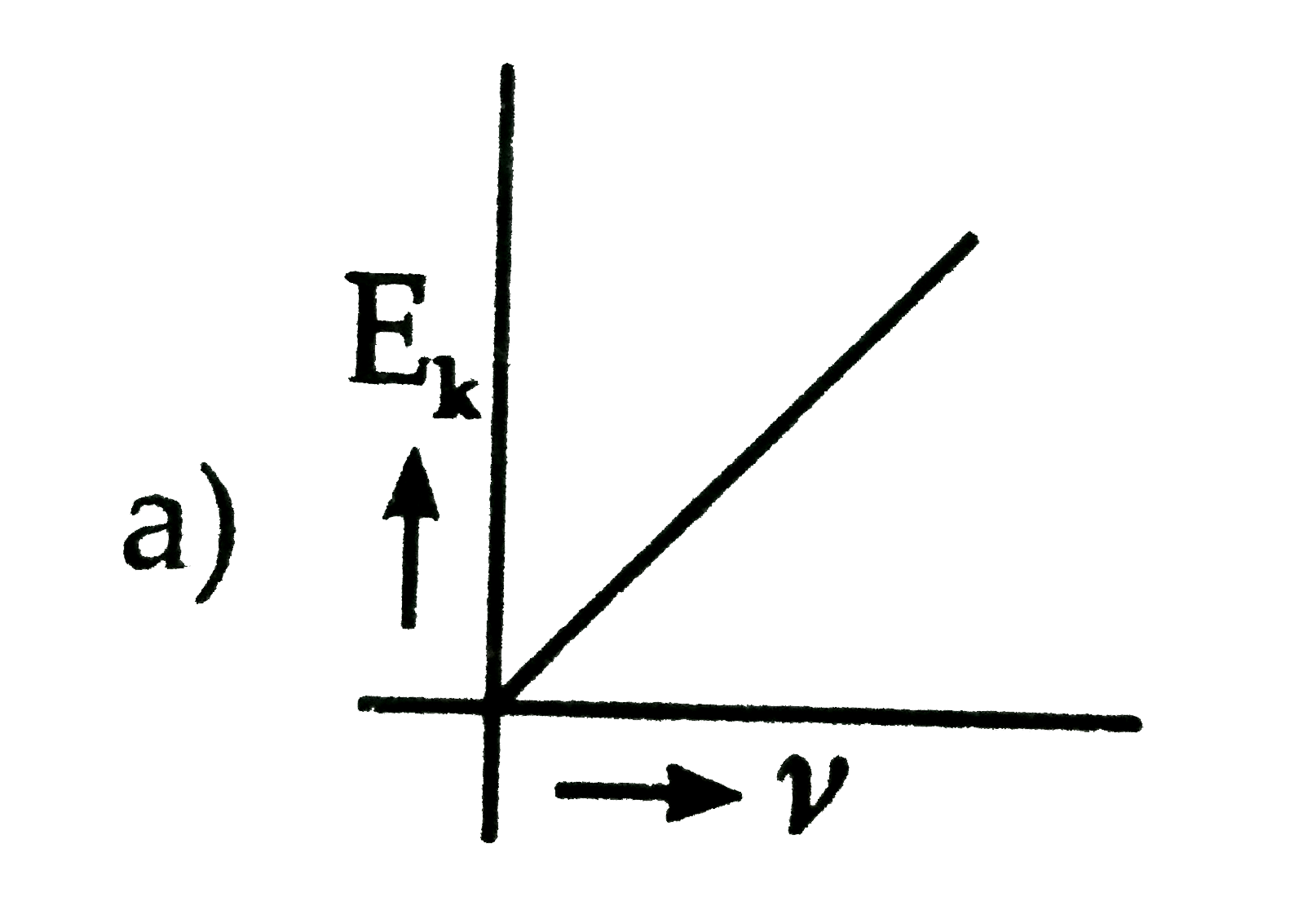 B
B C
C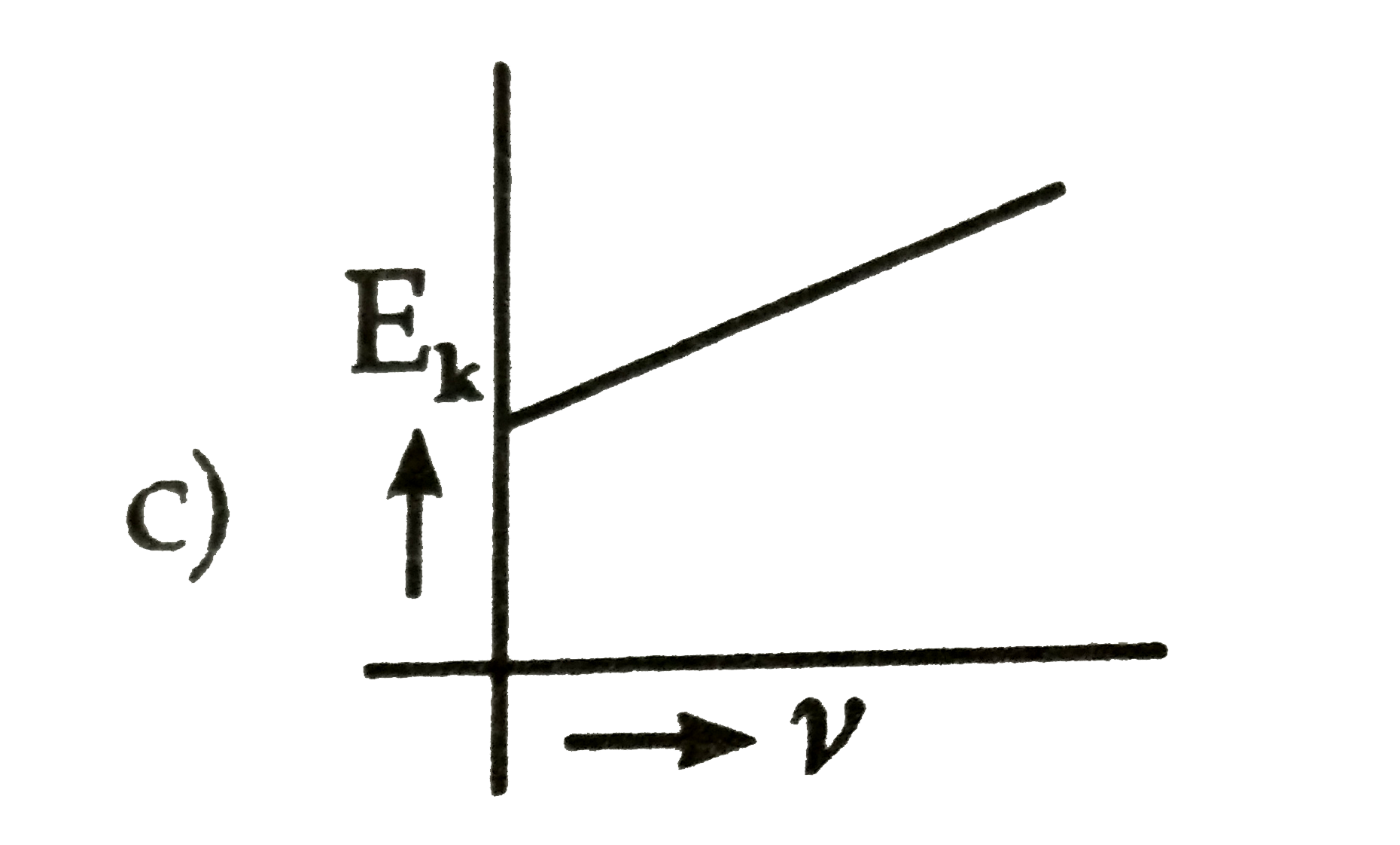 D
D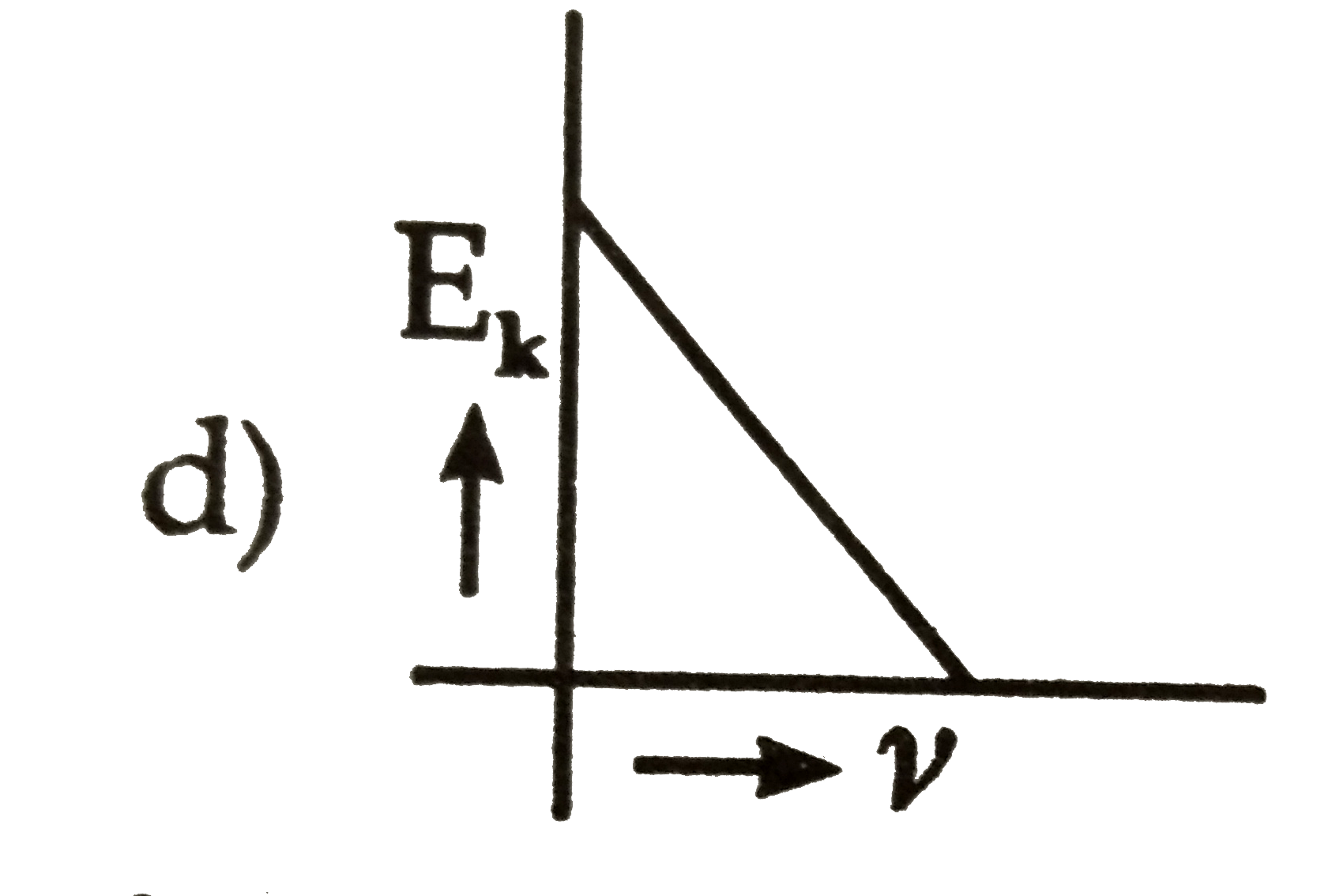
- Question 2 - Select One
The kinetic energy (Ek) of a photoelectron varies with the frequency (v) of the incident radiation as which of the following graph ?
A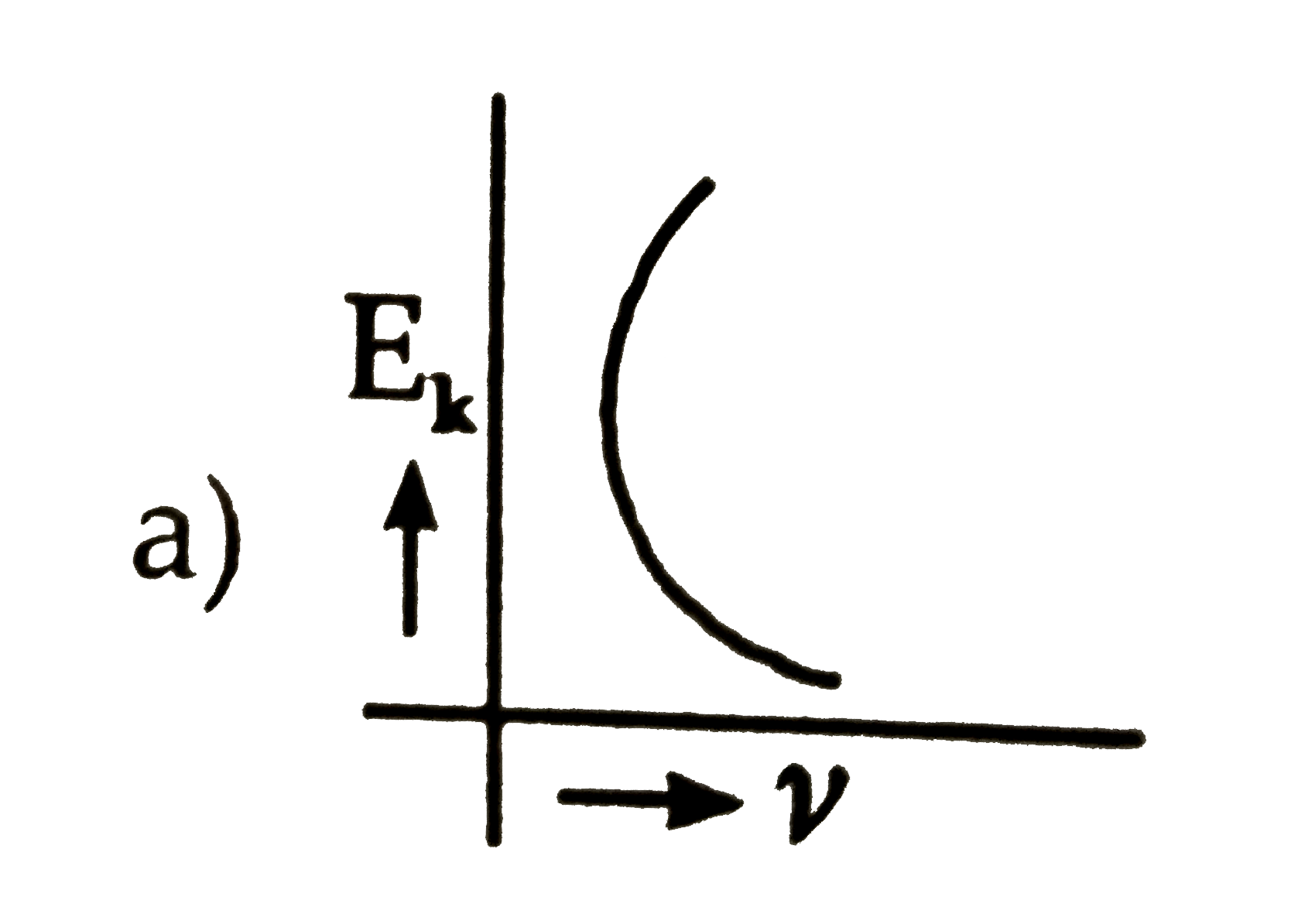 B
B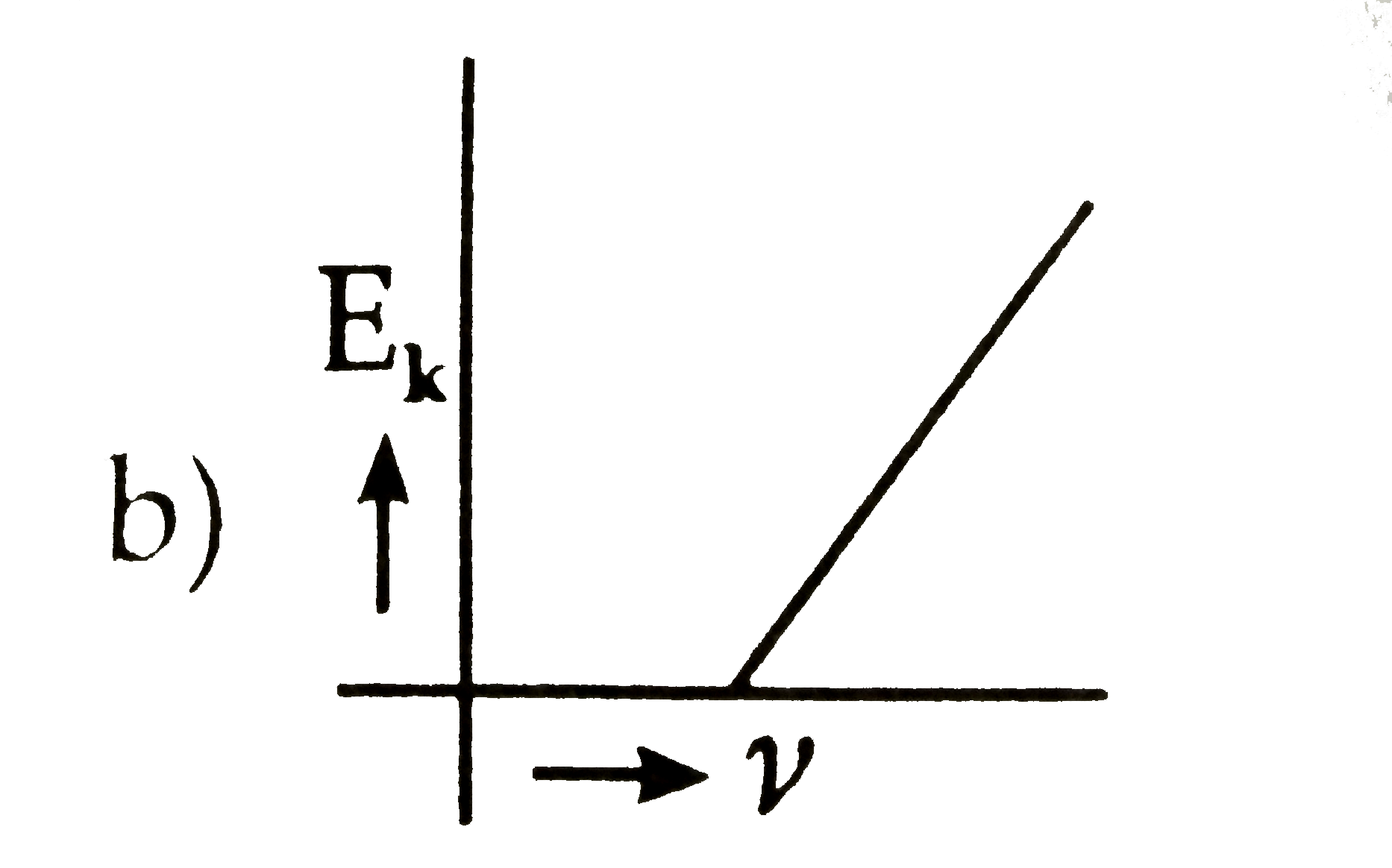 C
C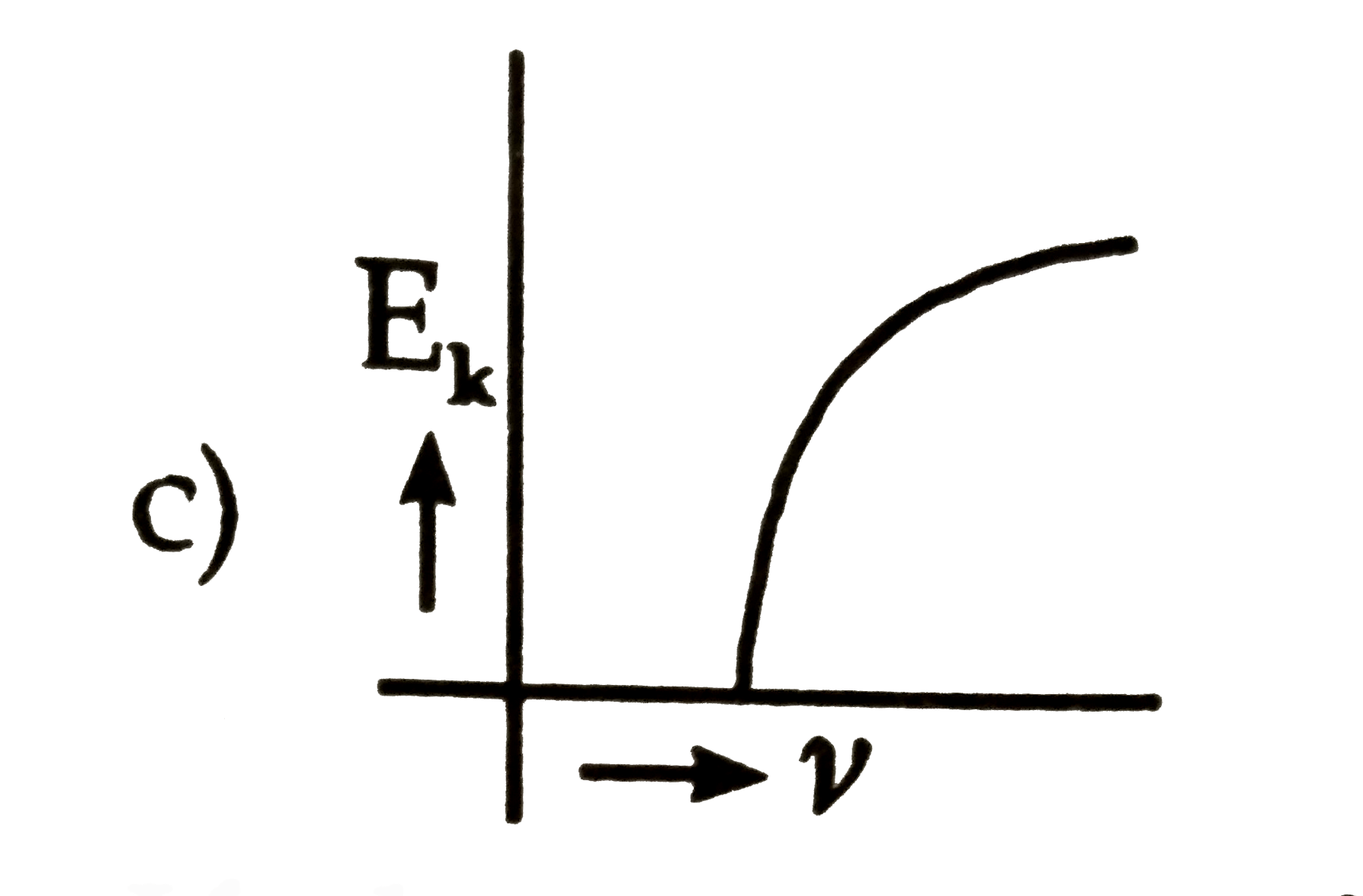 D
D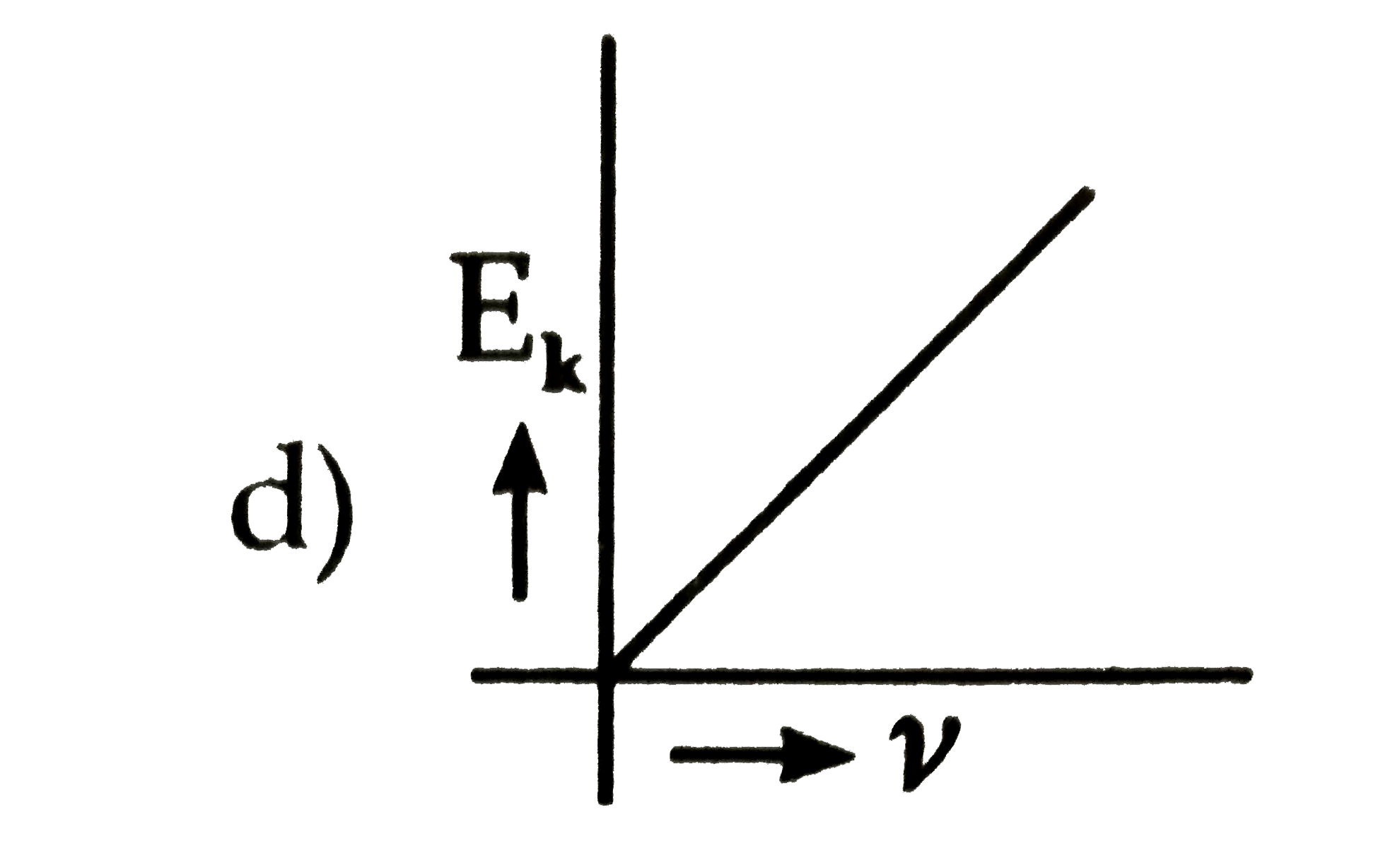
- Question 3 - Select One
For the photoelectric effect, the maximum kinetic energy Ek of the emitted photoelectrons is plotted against the frequency ν of the incident photons as shown in the figure. The slope of the curve gives
 ACharge of the electronBWork function of the metalCPlanck's constantDRatio of the Planck’s constant to electronic charge
ACharge of the electronBWork function of the metalCPlanck's constantDRatio of the Planck’s constant to electronic charge
The intensity of X-rays firom a coollidge tube is plotted against wavelength λ as shown in the figure-3.12. Which ofthe following statements is/are correct:
 View Solution
View SolutionFor the photoelectric effect, the maximum kinetic energy Ek of the emitted photoelectrons is plotted against the frequency of the incident photons as shown in the figure. The slope of the curve gives
 View Solution
View SolutionAccording to Einstein's photoelectric equation, the graph between the kinetic energy of photoelectrons ejected and the frequency of incident radiation is
View SolutionThe maximu kinetic energy (Ek) of the photoelectron varies with frequency (v) of the incident light as shown by the curve:
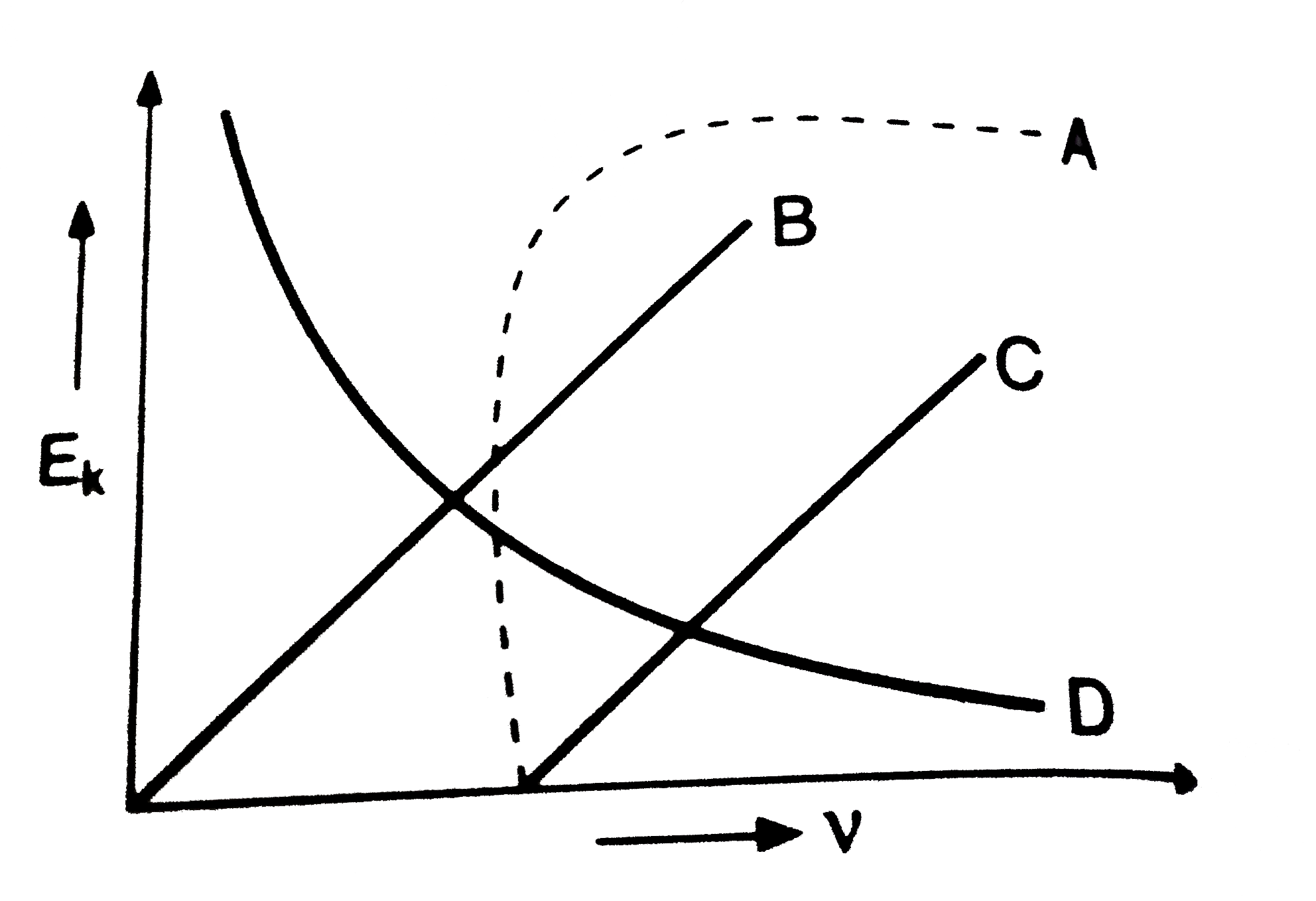 View Solution
View SolutionIn a photoelectric experiment, a student plotted the graph of stopping potential (Vs) against the frequency of incident radiation (v). But he could not write the unit of the slope of the graph. What is the corrent unit ?
View Solution

